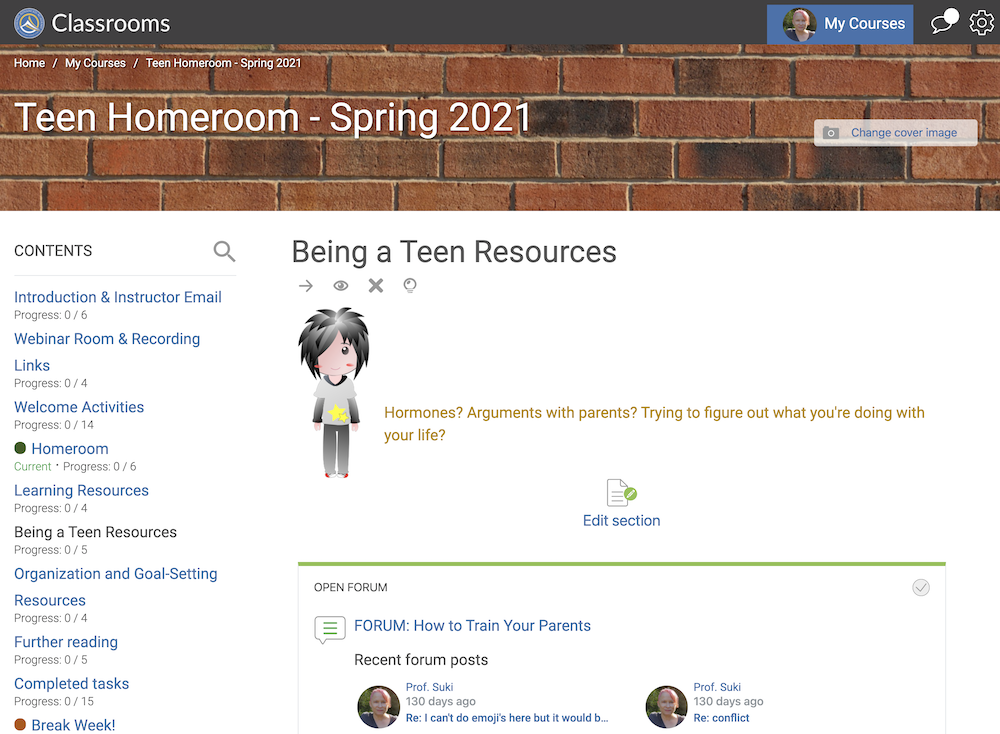Tag: distance education
-

Looking for a good online class? Here are some tips.
What makes a high-quality online course? I discuss a variety of features that parents should look for when they are shopping for a course.

What makes a high-quality online course? I discuss a variety of features that parents should look for when they are shopping for a course.